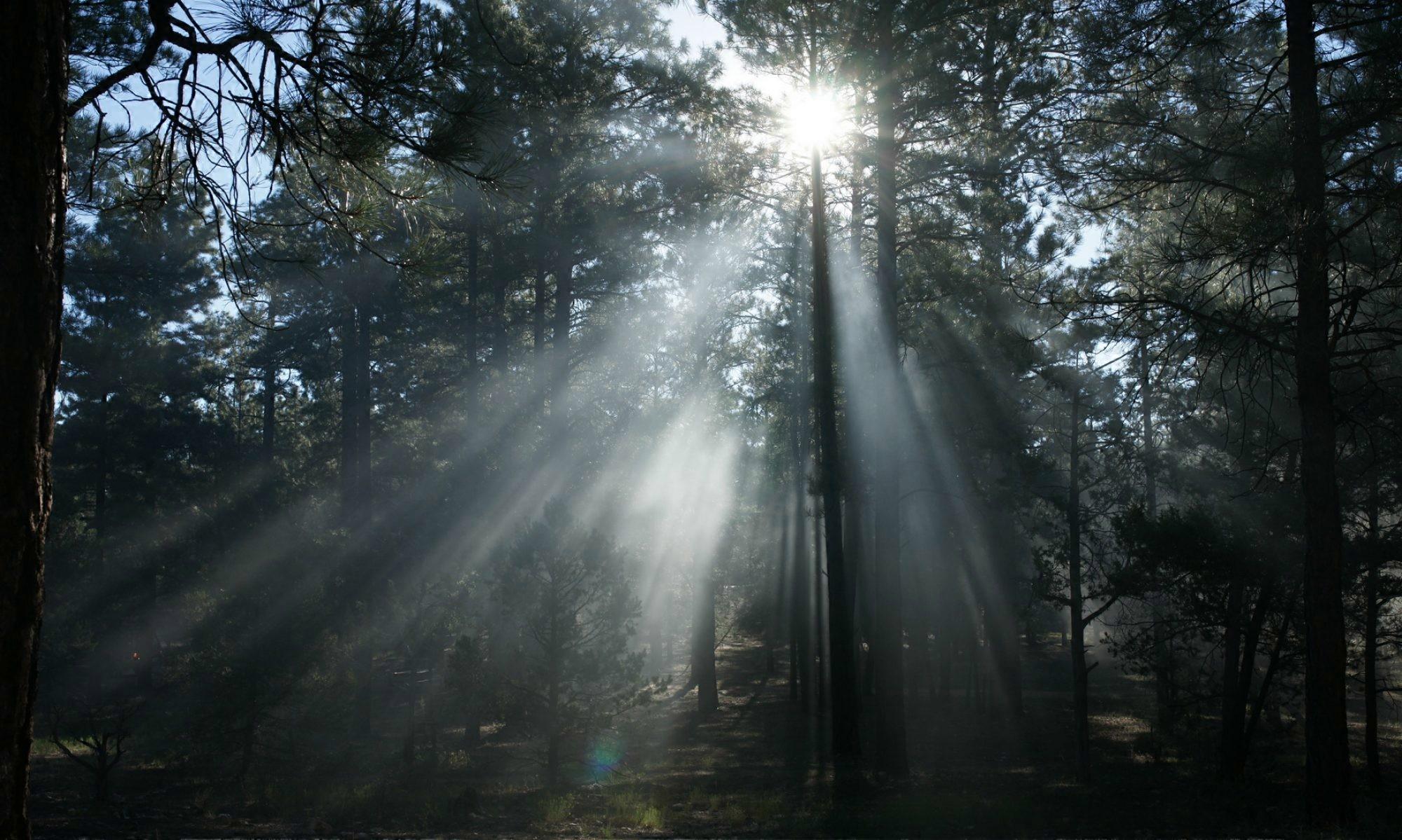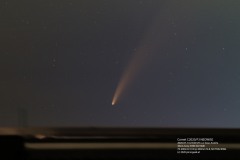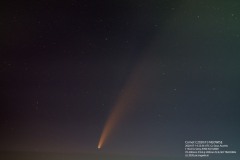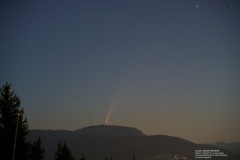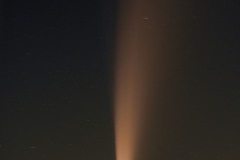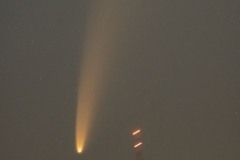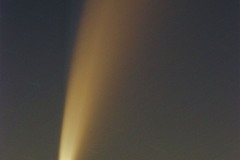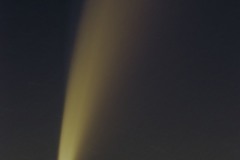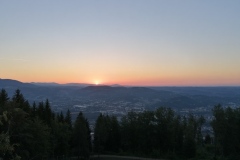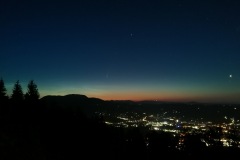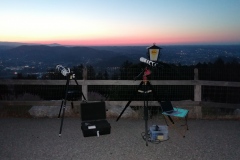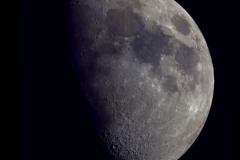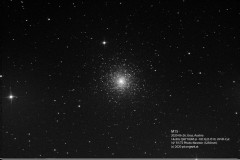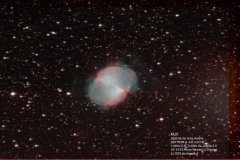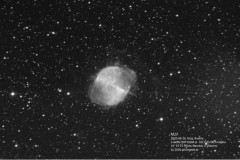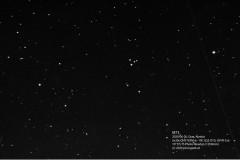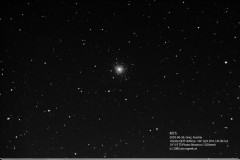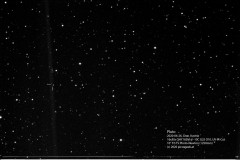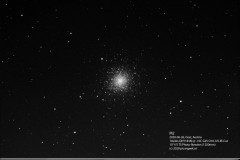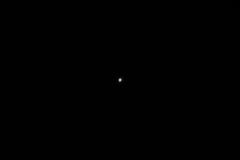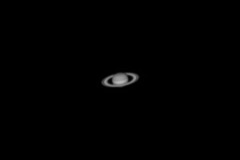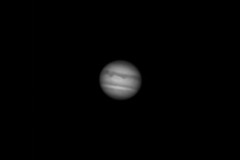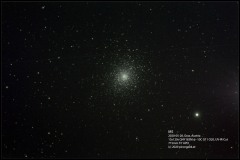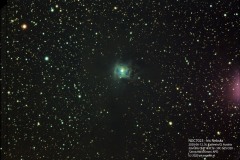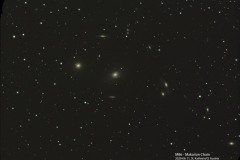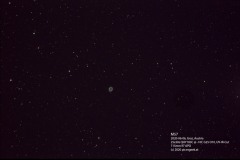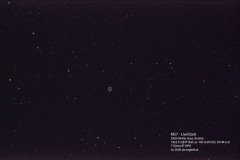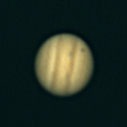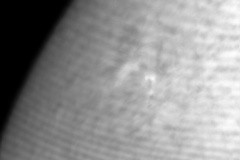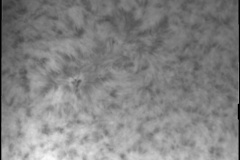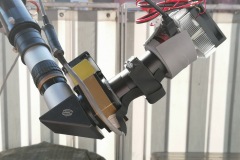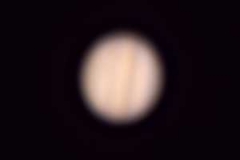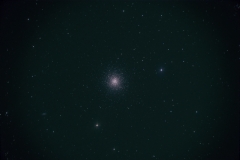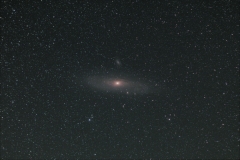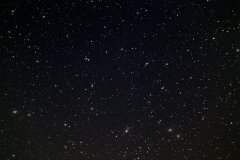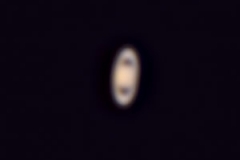Yesterday night, before going to bed, I took a brief look at the night sky. Fortunately, the forecast clouds did not yet appear. So I took my binoculars and went up to the top most window of my condo’s stair case, which is facing north.
I could not spot the comet with my bare eyes. Though with binoculars, the comet was a pleasant sight, even though it was low in the suburban light polluted sky. At this moment, the comet was a mere 5.5 degrees above the horizon.
So I rushed back down the stairs and grabbed my camera and a tripod. I intentionally did not use one of my tracking mounts, as I expected the comet to reach the adjacent roof top within a short period of time.
Within a few minutes I could capture a set of images to process. Here are the results, all captured with Sony A99-ii and 70-200mm/f2.8 tele lens at 200mm:
It is obvious that the 30x4s ISO1600 exposures are far better in noise than the 115×2.5s ISO12800 exposures. Apart from that (ignore the color cast and gradients, which result from bad calibration data), a lot of information may be pulled from the stacked images.
